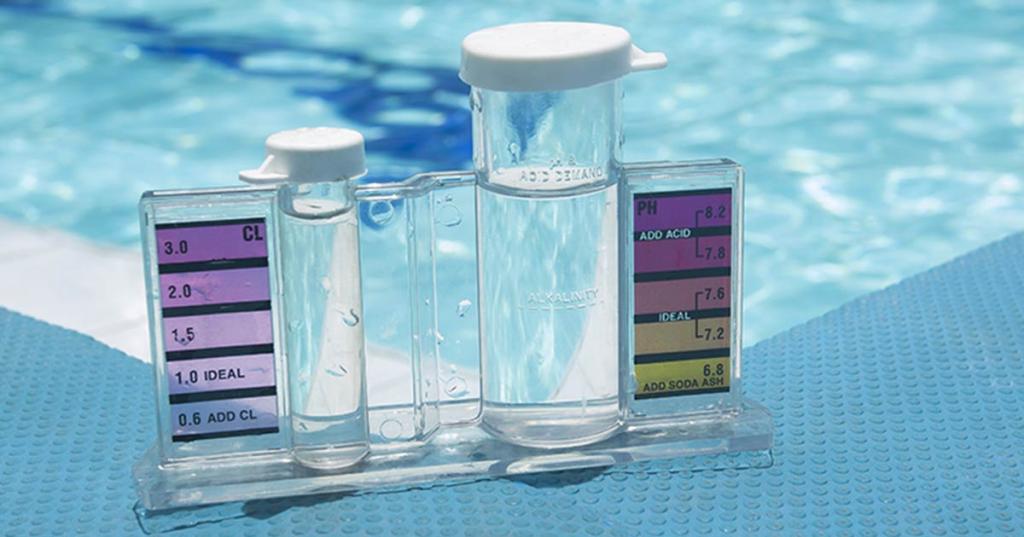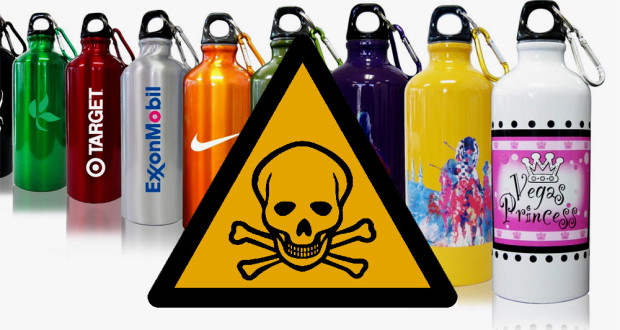Often when choosing a product made of plastic, consumers ask themselves: "What is it, polyvinyl chloride?" The harm and benefits of this material have long been studied. However, the negative aspects of PVC significantly outweigh its usefulness.
The most common plastics pose a serious threat to human health and the environment. Problems in using this material include: extreme pollution from production, toxic chemical exposure during use, fire hazard, their contribution to the growing global solid waste crisis. But one plastic stands apart: PVC throughout its entire life cycle is the most environmentally harmful of all plastics.
The functional period of PVC - its production, use and disposal - leads to the release of toxic chlorine-based chemicals. They accumulate in water, air and the food chain. As a result, we get: serious health problems, including cancer, damage to the immune system and hormonal disruptions.
What is PVC? Description
Polyvinyl chloride, commonly known as PVC or vinyl, has become one of the most used types of plastics. We can see many products made of this material around us: packaging, home furniture, children's toys, car parts, building materials, medical supplies and hundreds of other goods. Its advantages are that it is very versatile and relatively inexpensive. But the price we pay for an inexpensive and seemingly harmless item made of PVC is much higher than it might seem at first glance.
In fact, this ordinary plastic is one of the largest contributing factors to toxic emissions. PVC pollutes human organisms and the environment during production, use and disposal. Although all plastics pose a serious threat to human health and the environment, only a few consumers realize that PVC is the single most harmful to the environment of all types of plastics.
History of the discovery of polyvinyl chloride
PVC was accidentally discovered in two cases during the 19th century: in 1835, for the first time by Henri Victor Renaud and Eugen Baumann in 1872. In both cases, the polymer appeared as a white solid in vinyl chloride bottles after exposure to sunlight. Reno managed to get vinyl chloride when he treated dichloroethane with an alcoholic solution of potassium hydroxide. Then, quite by accident, through direct exposure of the monomer to daylight, polyvinyl chloride was obtained. Bauman was able to polymerize several vinyl halides, and he was the first to figure out how to make polyvinyl chloride. True, he came in the form of a plastic product.
At the beginning of the 20th century, chemists Ivan Ostromyslensky and Fritz Klatte tried to test the use of polyvinyl chloride for commercial purposes, but their efforts were unsuccessful due to difficulties with the conversion of the polymer. Ostromyslensky in 1912 managed to achieve conditions for the polymerization of vinyl chloride and to develop convenient methods on a laboratory scale. Clatte discovered in 1918 the processes in which polyvinyl chloride is obtained as a result of a reaction in the gaseous state of hydrogen chloride and acetylene in the presence of catalysts.
Chlorine in PVC
PVC plants are the largest and fastest growing consumers of chlorine - they account for almost 40% of the total substance used in the world. Hundreds of chlorine-based toxins accumulate in air, water, and food. Many of these chemicals, called organochlorines, are resistant to degradation and will remain in the environment for decades. Scientific studies show that these chemicals are associated with serious and widespread health problems, including infertility, damage to the immune system, impaired development of children and many other harmful effects.

Due to the chemical structure of organochlorine compounds, humans and animals cannot effectively remove them from their organisms. Instead, many of these compounds accumulate in adipose tissue, resulting in levels of pollution thousands or millions of times greater than in the environment. Each of us has a measurable amount of chlorinated toxins in the body. Some organochlorine compounds can affect a person’s life before birth, at the most delicate stages of development.
Dioxin: an integral element in the production of polyvinyl chloride
Dioxin and dioxin-like compounds also cause harm to health. These substances are inadvertently created during the production, use or incineration of chlorine-based chemicals. Large quantities of dioxin are formed at various stages of PVC production, and the abundance of products from this material in medical waste and garbage is one of the reasons why waste incinerators are considered the largest sources of dioxins. Thousands of accidental fires in buildings constructed using polyvinyl chloride lead to dioxin emissions in ash and soot, polluting the environment.

Dioxin is known as one of the most toxic chemicals ever produced. In their ongoing study of the substance, environmentalists suggest that there is no safe level of dioxin exposure. Thus, any dose, no matter how low, can cause serious damage to health. Scientists also came to the conclusion that the levels of dioxin that are currently found in most adults and children are already high enough to pose a serious threat to the health of the population of the entire globe.
Additional components of polyvinyl chloride
Since PVC itself is practically useless, it must be combined with a number of additives to give the characteristics required by the polyvinyl chloride in the final product. These additives include toxic plasticizers (such as phthalates), stabilizers containing hazardous heavy metals (such as lead), fungicides and other toxic substances. Since these additives are not chemically bonded to PVC, the product itself can be permanently hazardous to the consumer. Additives can be washed, combined with other materials, or dissolved in air. There are as many examples of potential human exposure as the PVC products themselves. The smell of new automotive interiors is a familiar example of what experts call the chemical vaporization of PVC products.
More and more scientific evidence indicates that many of these chemicals that make up polyvinyl chloride destroy the hormonal system, leading to birth defects, infertility, reproductive problems, and difficulties in the development of offspring. There is growing evidence that the same trends are observed in people around the world, including a decrease in sperm count, the growth of certain types of cancer, deformations of the reproductive organs, mental problems such as attention deficit disorder and a weakened immune system.
Hazardous exposure
The health hazard when using polyvinyl chloride is caused by toxic additives that make up its composition. They are easily leached and evaporated from PVC products. For instance:
- Lead in PVC pipes can migrate to the surface of the product, where it is easily tolerated by water, and then into the human body.
- Phthalates are added to make PVC soft and elastic. Products, such as shower curtains and children's toys, emit gas when heated, which can be easily inhaled.
- Fire retardants are added to PVC products to counteract fire. Building materials can be heated in the sun, after which the products emit hydrogen chloride, which is a poison for the human body.
Toxic production
The main chemical element of polyvinyl chloride is chlorine, and the production of chlorine releases dioxins into the environment.
- Some scientists argue that for humans there is no safe level of exposure to dioxins.
- They are persistent and bioaccumulative. Most of the effects on humans occur through foods such as meat, dairy products, fish and shellfish, as these substances are concentrated in the adipose tissue of animals.
- In addition to dioxin, the production of chlorine also leads to mercury emissions and asbestos waste.
- Locations adjacent to PVC plants are particularly susceptible to toxic chemical pollution from plastic production.
The impact of PVC on children
Children are not young adults. Their developing brain and body, their metabolism and behavior make babies uniquely vulnerable to toxic chemicals such as those released during the life cycle of polyvinyl chloride:
- Damage to the health of the child is caused even in the womb through exposure to toxic chemicals. Children consume chemicals through breast milk, baby food, and contact with the environment.
- The rapid development of the brain in the fetus, infants, and young children makes them more susceptible to the harmful effects of chemicals that can interfere with its functioning and development.
- For their weight, children eat, drink and breathe more than adults - therefore, they absorb more toxic pollutants.
- Toddlers put things in their mouths and spend a lot of time on the floor and on the ground, which leads to regular contact of chemicals from toys, containers, dirt and dust.
Recycling problems
Recycling PVC is not a solution to environmental problems arising from its production and use. Although most plastics can be recycled well, PVC is the worst example - it is the least suitable for processing from all types of plastics. This is due to the fact that products from it contain so many additives that their processing will be impractical and expensive. The following figures speak for themselves. According to statistics, less than 1.5% of the total PVC production after the consumption of products has been processed recently.
Many PVC additives, including phthalates and heavy metals such as lead, slowly leach out of polyvinyl chloride over time under the influence of the environment (for example, at a solid waste landfill), eventually polluting ground and surface waters.
Use of PVC in construction
One of the purposes of polyvinyl chloride is its use in construction. The largest total use of PVC in this industry doubled between 1995 and 2010. Since so much PVC is used in construction and household items, accidental fires in buildings are becoming increasingly dangerous for rescuers and residents. Although PVC building materials are often fire resistant, they can release toxic gaseous hydrogen chloride when heated. These caustic gases can spread faster than flames, reaching people in the room before they can escape. Hydrogen chloride is fatal if inhaled.
According to fire safety experts, it is not uncommon for people in distress during a fire in a building to die from toxic PVC vapors before the flames actually reach them. A vivid example is the fire that occurred in 2009 at the Lame Horse club in Perm.
As builders and politicians become more aware of the dangers and potential costs associated with PVC fires, additional restrictions are introduced on the use of hazardous materials in building construction.
Safe PVC substitutes
The rapid growth of the vinyl industry is taking place against the backdrop of clear evidence of serious damage to health from polyvinyl chloride, its production and operation. Production workers, their families and communities are in immediate danger. There is strong evidence that it is now possible and important to make a quick transition to safer materials.
The good news is that this industrial transition can be carried out in such a way that it is true for all participants - plastics manufacturers, industrial workers and consumers. PVC can be replaced with safer materials in almost all cases. They can be traditional materials such as clay, glass, ceramics and wood. In cases where traditional materials cannot be used as a substitute, even chlorine-free plastics are preferable to PVC. As consumers increasingly demand PVC-free products, and as environmental and health hazards of PVC are recognized, practical alternatives will become more economically viable.
Rejection of PVC products
Many companies and even states have imposed restrictions on the use of polyvinyl chloride and material substitution policies.
- Large companies such as Proctor and Gamble have abandoned PVC packaging.
- BMW, Herliltz, IKEA, Opel, Sony-Europe and Volkswagen have announced a no-PVC policy.
- Large construction projects, such as the Eurotunnel between England and continental Europe, were completed without using PVC.
- Due to increased market demand, hundreds of European communities have imposed restrictions on the use of PVC in public buildings.
- The Swedish parliament voted to reject soft PVC and hard PVC with additives that are already considered harmful.
Thus, it has long been known that PVC causes irreparable harm to health. Polyvinyl chloride is considered dangerous today. In cases where it is possible, it is better to replace it with analogues to avoid problems in the future.